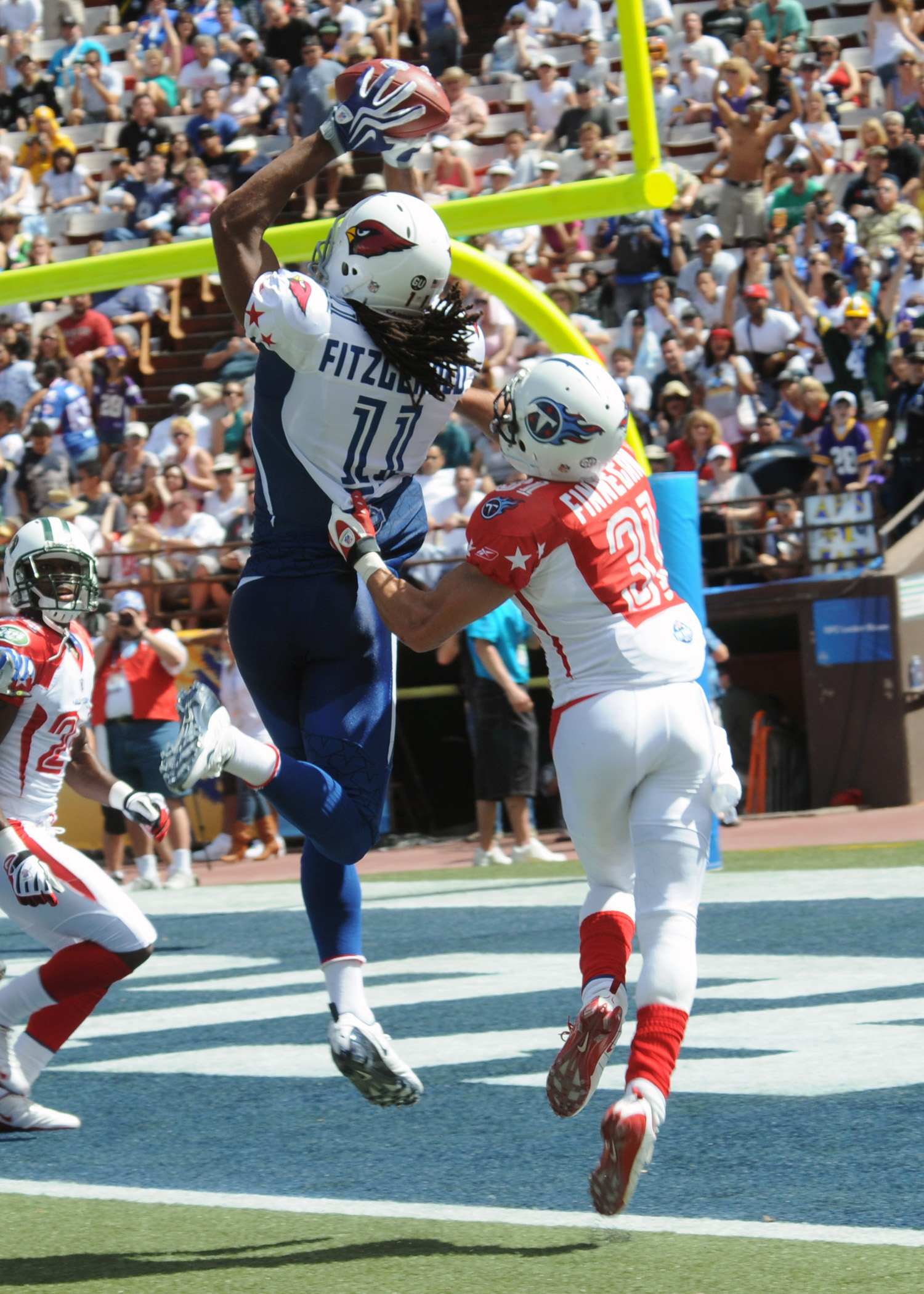
Take this with a grain of salt of course, because the study was done by an in-market research firm who are you know, trying to sell their services, but according to this article on Communicus, Only 1 In 5 Super Bowl Ads Actually Sells Products.
The article reported that Communicus measured both awareness and purchase interest during 2013's Super Bowl and discovered some surprising results. Let's take GoDaddy's two different spots. The stomach turning one with Bar Rafaeli making out with the chubby rosy-cheeked kid, and "Your Big Idea," the clever one with the couples around the world having a continuous conversation about the big idea they still haven't launched.
According to Communicus:
The two 2013 GoDaddy.com executions ‘Perfect Match’ and ‘Your Big Idea’ represented a study of contrasts. 'Perfect Match' (#TheKiss) achieved very strong awareness and branding, but was below average in persuasive power – and has the dubious distinction of being one of the five most disliked Super Bowl XLVII commercials. In contrast, 'Your Big Idea' - which employed a somewhat more "rational" approach than has been typical of the brand’s TV commercials was less attention-getting, achieving far lower levels of branded awareness – thus ranking #19 overall versus the #10 ranking achieved by 'Perfect Match.'
So the most disgusting one gets remembered. The smarter one does not. What does that tell us?
On one level, it tells us research is flawed, because it does not take into account irrational things like personal preference, or the weather, or how much of the commercial you saw, or how many beers you had by the time it aired. It can only measure so much, and by that definition, despite the hopes clients pin on it, research is as flawed as the commercials. Focus groups are a joke. No one in 2014 watches a commercial without doing at least three other things. Yet they still measure by putting you in isolation and watching it with a panel of your peers.
But to suggest it's a waste of money to air a spot during the Super Bowl when the largest global captive audience at your disposal is tuned in is also a flawed premise. The real issue, is it always is, is the quality of the ads, or lack thereof. I'm willing to bet the commercials in question would have performed exactly the same had they aired on regular television. The only difference is it would be for a smaller audience.
We're pre-conditioned to believe the Super Bowl brings out the best in advertising. How can we honestly believe that when Doritos has been crowdsourcing crappy ads for years now. When everyone is aiming for the same vignette sight gag or unexpected celebrity pairing? Or very obvious celebrity? (I'm looking at you Amy Poehler) How can we seriously consider the Super Bowl anything but middle brow when the litmus test is not how creative the ads are but how well they did on USA Today Ad Meter? Keep in mind this is USA Today-- the paper that is written at a sixth grade level for Middle America.
So let's tweak the Communicus headline to read "Only 1 In 5 ads Actually Sells Products." Because it's not the fault of the media or the role of advertising. It really is the fault of the ads.
Yes, the main goal of advertising has changed a lot from Ye Olden Days when there were like, three TV stations and no diversions and Eisenhower was President. It had to change by necessity. But with that change has come a slavish devotion to new, and the insistence that "it" (whatever "it" is) is working. A lot of people have embraced social media to the point where they believe generation of awareness and owning the conversation is more important than persuading people to buy the product by giving them a compelling reason to do so. Indeed some people believe the latter is impossible anyway. They tell us if brands can just make us feel good about them, on Twitter, or through some QR code or hologram-- if they can get us talking about them, they'll be in better standing. But I don't believe that any sort of conversational capital translates to true capital. It translates to people talking about your brand and that's it.
You need both. You can't abandon either. Or to put it in GoDaddy terms: You need the chubby kid mouth sucking the model, and you need the smart idea, too.
It's not enough to have people talking. They need to talk with a purpose. You'd think this would be a no brainer, but the great irony is that we have more technology, innovation and just plain new at our disposal. Perhaps more so than any other time in history. And yet with each new Super Bowl, I can help but think that advertising is still in the dark ages.
